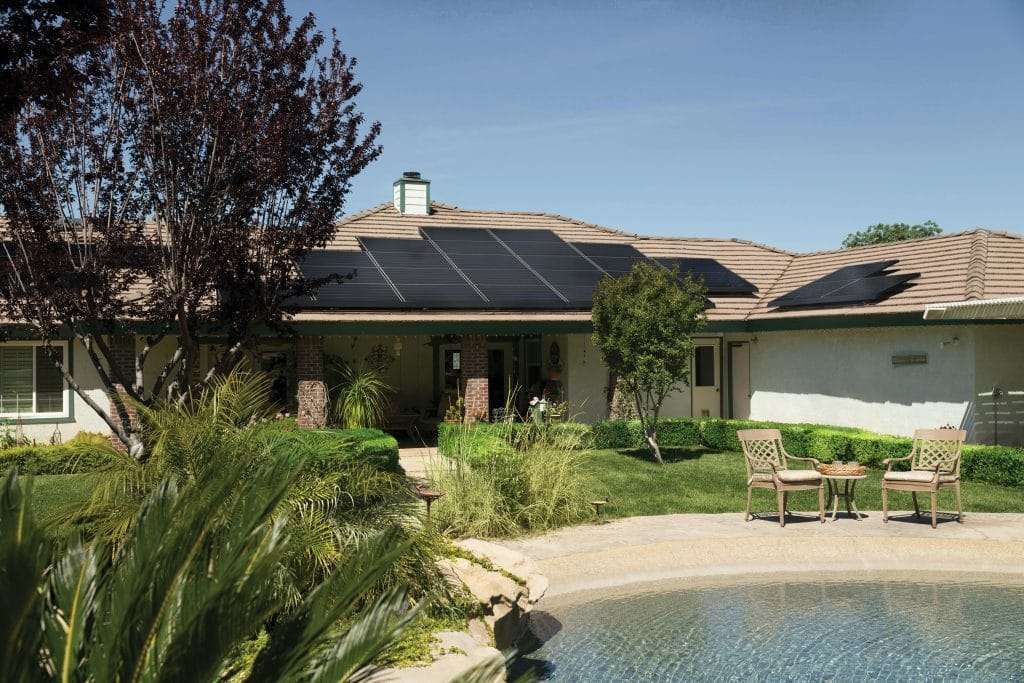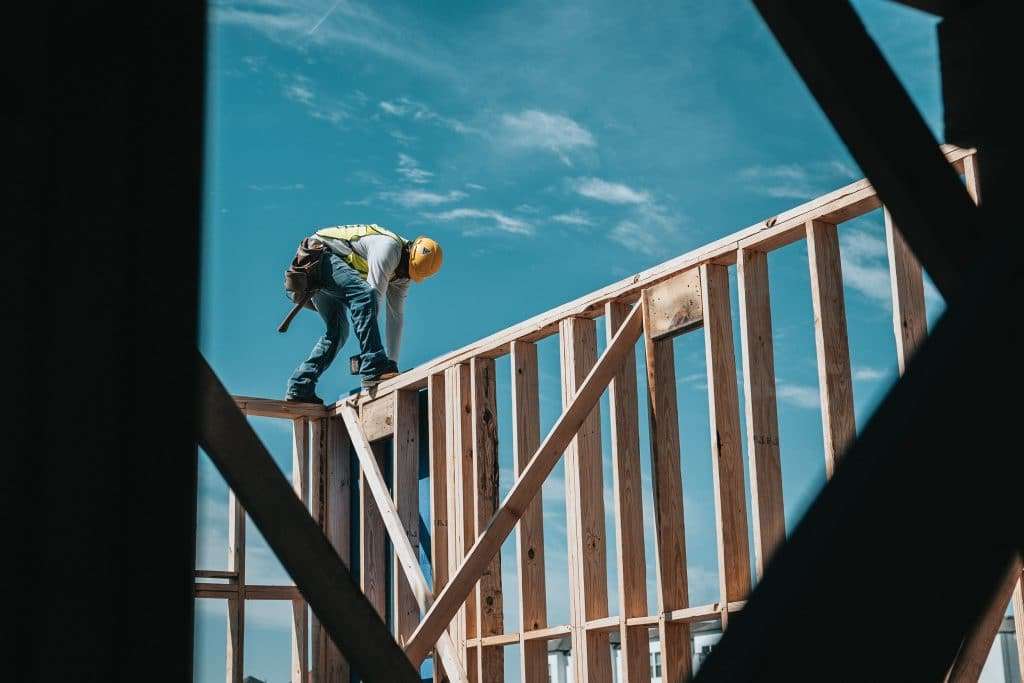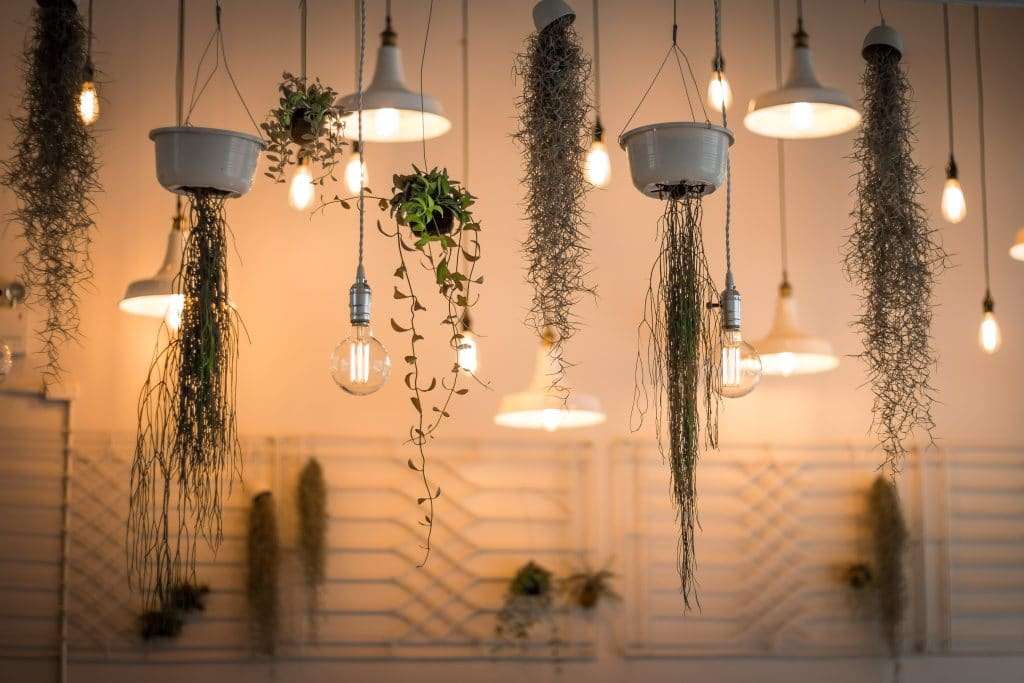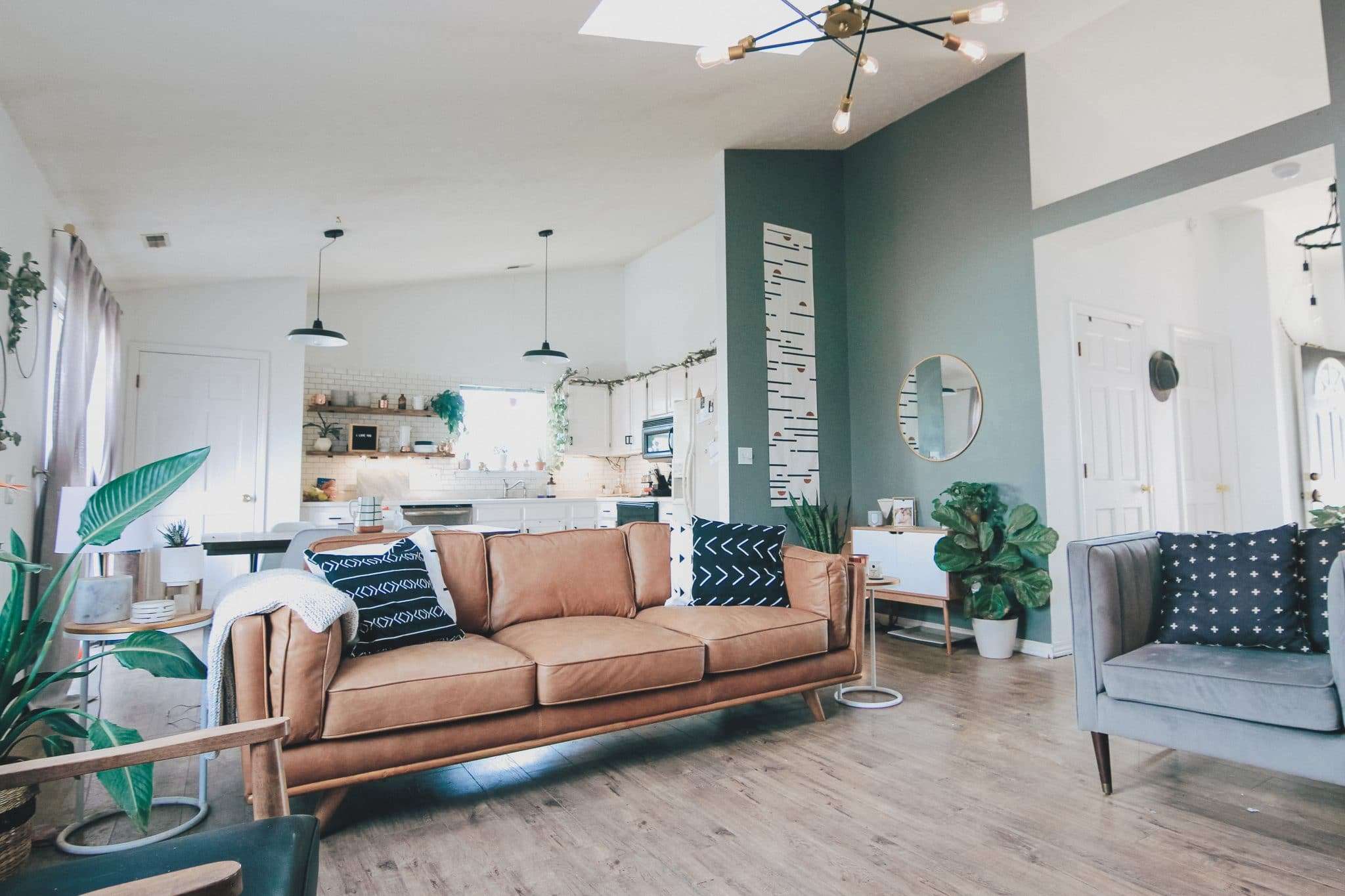Is building a sustainable home affordable? Doable? Does it make a difference? Here’s everything you need to know about building the eco-friendly home of your dreams.
Consumers are making more sustainable choices across their lives—from food and fashion to travel and transportation. Eco-friendly homes are also becoming a priority as the climate impact grows. But just how much does it matter?
The work to build a sustainable, eco-friendly home can be well worth the effort, giving you the chance to get more out of your house without damaging the world in the process. Of course, though, you need to make sure that you are considering all of your options.
It’s no secret that modern homes are much better than they used to be for the environment. Insulation, smart meters, and other tools have made it possible for most new builds to be constructed with the environment in mind.
Of course, though, many of the world’s leading climate scientists would say that this isn’t enough. Making a home truly sustainable can take a lot of work, and there are challenges along the way that you will need to overcome. But it’s worth it: green architecture could reduce up to 84 gigatons of CO2 emissions by 2050, according to the World Green Building Council. (WGBC)
Sustainable homes are great for the planet—and they can be better for our health, too. Well-ventilated environments improves brain function by more than 100 percent, according to the WGBC. Sustainable building designs promote improved air quality and lower CO2 levels with increased ventilation that can boost cognitive function.
Green construction can include more natural light, which can improve mood and productivity if you work at home. It enhances quality of life, which induces positivity and boosts productivity.
Let’s explore some of these challenges and their solutions to get you started with this with your own home.

1. Renewable energy
Electricity is one of the key components that makes a modern home. You need power for your lighting, heating, and other electronics, and this means that you need a reliable source for your power. Generating your own electricity can be possible with solar panels, wind turbines, and a range of other methods, though this can get quite costly.
Moving to a new energy provider can be a good way to overcome this, giving you the chance to find a company that generates its power from renewable sources. Be sure to check in with your local energy providers as they can point you toward the best and most common sustainable sources of renewable energy.
2. Insulating sustainably
Insulation is critical when you’re trying to make a home work well for the environment. Good insulation will trap heat inside or outside your home, giving you the chance to use less heating and air-conditioning throughout the year. You can insulate your walls, ceilings, roof, windows, and even doors, making it much easier to lower your energy bills while also improving your environmental impact in the process. Many people find this element of the job nice and easy.

3. Building materials
Building a home or addition from scratch will require a lot of materials. Wood, concrete, and metal are all very common in modern construction, and all of these materials can be damaging to the environment unless they’re reclaimed, recycled, or in the case of wood, FSC-certified. Using recycled materials can help with this, but you can also find building materials that have the properties of traditional options without a carbon footprint. And recycling construction waste is often less expensive than disposal, too—so be sure to look for this option for the waste created in your build.
It shouldn’t be difficult to find green materials; the global green construction materials market was expected to reach $1 trillion in 2020. Options are plentiful. As with anything, research helps to achieve the right results with this. Start by looking for contractors that emphasize recycled, reclaimed, or sustainable materials. Be sure to get plenty of quotes to compare the best prices. As you navigate the complex process of building your sustainable home, managing your project efficiently is paramount.

4. LEED certified
So you’ve built your sustainable dream home. Should your home be LEED-certified?
The LEED process is a certification based on a series of points earned for sustainability measures taken in the home or building construction. There are about 100,000 LEED-certified buildings around the world to date. It is the standard for green structures. There are fees involved with LEED certification. And while it may add to the value of your home, it’s not required in sustainable building. Add it if you can, leave it off if you need.
Related on Ethos:


